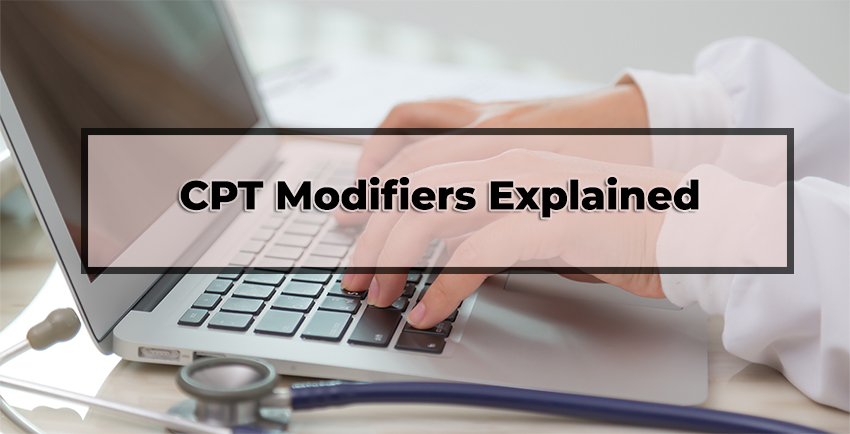CPT Modifiers Explained
CPT Modifiers are essential components of medical coding that provide additional information about a medical procedure or service without changing the core definition of the associated CPT code. These modifiers help communicate specific circumstances that may affect the performance, billing, or reimbursement of a procedure. Proper use of modifiers ensures accurate documentation, appropriate billing, and timely reimbursement for healthcare services.

Modifiers are typically two-digit numerical codes that are appended to the main CPT code to indicate that a procedure has been altered or adjusted in some way. They play a vital role in coding, as they help clarify details like multiple procedures, unique circumstances, or changes in the normal scope of a service. Understanding how to use CPT modifiers correctly is crucial for medical coders to ensure compliance and accuracy in claims processing.
How CPT Modifiers Are Used
CPT modifiers are used to add specificity to a code and provide a more complete picture of the procedure performed. They are used to describe situations like:
- Multiple Procedures: If multiple procedures are performed on the same day, modifiers can indicate whether they are related or distinct from each other.
- Reduced or Increased Services: If the extent of a procedure is less or more than usual, modifiers indicate this variation in the service rendered.
- Unusual Circumstances: Sometimes, a service might be performed in a way that's different from normal due to patient conditions or unforeseen complications. Modifiers help document these variations.
By appending the appropriate modifier to the main CPT code, coders can ensure that the procedure is accurately represented and billed correctly.
Common CPT Modifiers and Their Meanings
- Modifier -25 (Significant, Separately Identifiable E/M Service)
Used when an Evaluation and Management (E/M) service is performed by the same provider on the same day as another procedure, indicating that the E/M service is separate and significant. - Modifier -59 (Distinct Procedural Service)
Indicates that a procedure or service is distinct or independent from other services performed on the same day. It's used to clarify that the service is not part of a bundled code or integral to another procedure. - Modifier -50 (Bilateral Procedure)
Indicates that a procedure was performed on both sides of the body. For example, if a surgeon performs the same procedure on both arms, this modifier is appended to signify the bilateral nature of the procedure. - Modifier -26 (Professional Component)
Used when a procedure has both a professional and a technical component. The -26 modifier is appended to indicate that the coder is billing only for the professional component, such as interpreting a test rather than performing it. - Modifier -LT and -RT (Left Side/Right Side)
Used to specify the side of the body on which a procedure was performed. These modifiers indicate whether the procedure was performed on the left side (-LT) or the right side (-RT).
Proper Use of CPT Modifiers
Correct use of modifiers is essential for compliance and accurate billing. Coders must understand when and how to apply modifiers to reflect the actual circumstances of a procedure. Improper or incorrect use of modifiers can lead to claim denials, reduced reimbursements, or audits. Therefore, coders should stay informed about payer policies and ensure that the documentation supports the use of any modifiers applied.
For instance, when using Modifier -25, the coder must ensure that the E/M service is truly significant and separate from the other procedure. Similarly, when applying Modifier -59, it is essential to verify that the procedure is distinct and not part of a bundled service.
The Impact of Modifiers on Reimbursement
Modifiers can have a significant impact on reimbursement. They help payers understand the context of the services provided, allowing them to process claims correctly and ensure that providers are paid appropriately for their work. Correct use of modifiers can lead to full reimbursement, while misuse or omission of necessary modifiers can result in claim denials, delays, or reduced payments.
For example, failure to use Modifier -50 for a bilateral procedure could result in reimbursement for only one side, while correct application ensures proper payment for both.
CPT modifiers are crucial for enhancing the accuracy of medical coding by providing additional context to procedures and services rendered. Their proper use ensures that healthcare services are accurately documented and billed, leading to appropriate reimbursement and compliance with payer policies. Medical coders must have a thorough understanding of modifiers and how to apply them correctly, as this knowledge is key to avoiding claim denials, reducing billing errors, and maximizing reimbursements for healthcare providers.

